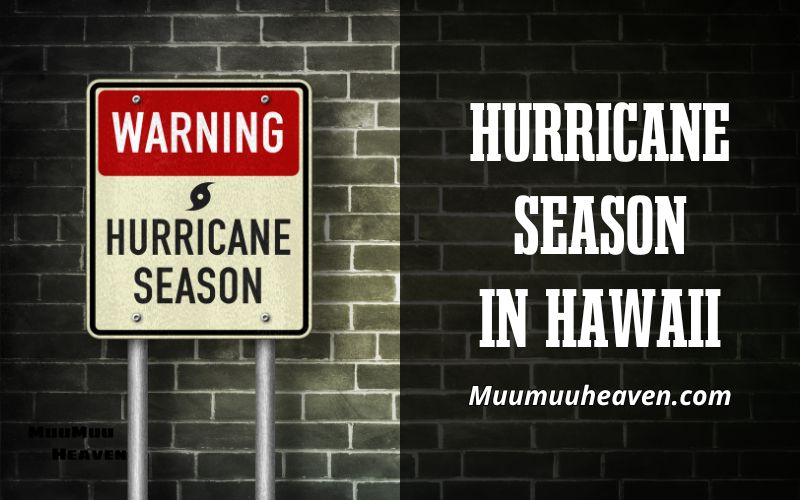Understanding hurricane season in Hawaii is crucial for residents and visitors alike. From June to November, storms can impact travel and safety. Learn key details to prepare for the season’s challenges.
Contents
- 1 Understanding the Hawaiian Hurricane Season
- 2 Preparing for Travel During Hurricane Season
- 3 What to Do If a Hurricane Strikes While You’re in Hawaii
- 4 Hurricane Season Travel Benefits and Challenges
- 5 FAQs about Hurricane in Hawaii Season
- 5.1 What is the typical duration of the hurricane season in Hawaii?
- 5.2 How can I stay updated on weather alerts while in Hawaii?
- 5.3 What are the essentials for a hurricane preparedness kit?
- 5.4 What should I do if I’m scheduled to travel to Hawaii during a hurricane warning?
- 5.5 Are there any benefits to traveling to Hawaii during the hurricane season?
- 6 Conclusion
Understanding the Hawaiian Hurricane Season
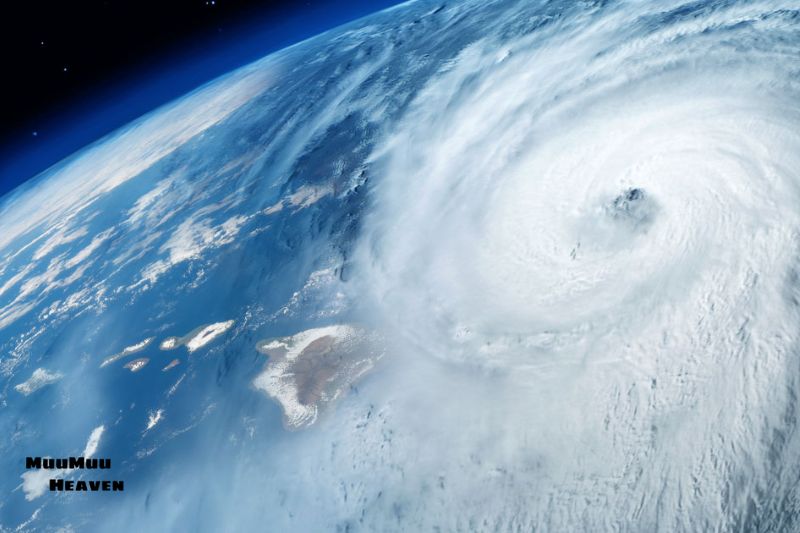
What to Expect During the Hurricane Season
The Hawaiian Islands, known for their paradisiacal landscapes and warm aloha spirit, also face the annual recurrence of the hurricane season.
For anyone planning a visit between June and November, understanding what this season entails is crucial for a safe and enjoyable trip.
During these months, the islands can experience increased rainfall, higher winds, and occasionally, more severe weather conditions in the form of tropical storms or hurricanes.
Travelers should be prepared for sudden changes in weather. Typically, the weather can shift from sunny skies to stormy conditions within hours.
Preparation is key, and keeping an eye on weather updates from reliable sources such as the National Hurricane Center and local news outlets is essential.
It’s also advisable to have a hurricane preparedness kit, which includes essentials like non-perishable food, water, flashlights, extra batteries, and first-aid supplies.
Key Dates and Historical Impact
Hurricane season peaks from July through September, with these months seeing the highest likelihood of storm formation due to warmer ocean temperatures and conducive atmospheric conditions.
Historically, Hawaii has experienced significant hurricanes that have left lasting impacts. For instance:
- Hurricane Iniki (1992): One of the most powerful hurricanes to strike Hawaii, particularly affecting the island of Kauai. It resulted in extensive damage and was a wake-up call for many about the force of nature.
- Hurricane Lane (2018): Brought torrential rains and was marked by its slow movement, causing major flooding and landslides.
These historical examples underscore the unpredictability and potential severity of hurricanes in Hawaii. They also highlight the importance of being well-informed and prepared.
For visitors, this means planning travel with flexibility in mind, considering travel insurance that covers natural disasters, and staying informed about evacuation routes and local emergency contacts.
Traveling to Hawaii during hurricane season doesn’t have to be a daunting experience. With the right preparation and awareness, tourists can still enjoy all that the islands have to offer, albeit with an added layer of caution.
Being informed about the historical impacts and keeping track of current weather forecasts are your best strategies for a safe trip during these months.
Preparing for Travel During Hurricane Season
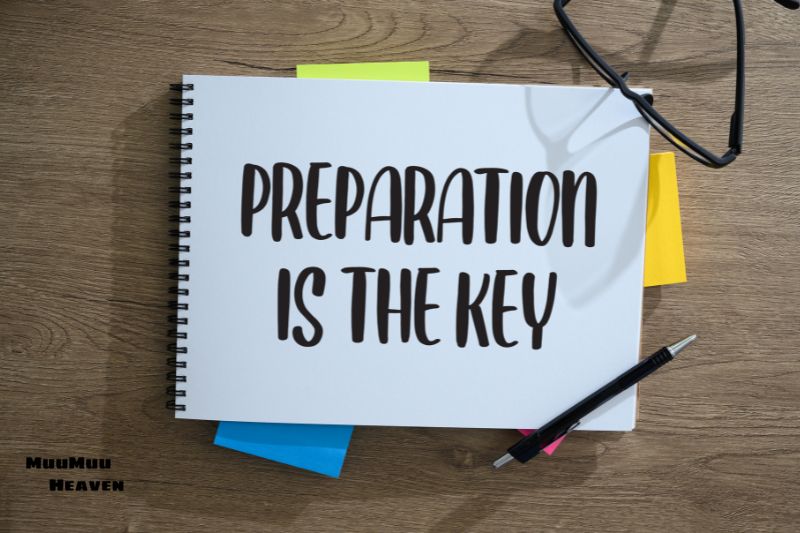
As you prepare for your visit, understanding Hawaii weather in March, and Hawaii weather in October is essential, as these months mark the transitions into and out of the hurricane season, with variable weather patterns.
Traveling to Hawaii during the hurricane months demands a bit more preparation and vigilance. Here are some essential safety tips to consider:
Safety Tips for Visitors
Traveling to Hawaii during the hurricane season demands a bit more preparation and vigilance. While the islands offer a breathtaking escape any time of the year, the potential for severe weather from June through November means visitors should take extra precautions. Here are some essential safety tips to consider:
- Stay Informed: Always keep an eye on local weather forecasts. Apps and websites like the National Hurricane Center can provide real-time updates.
- Communication Plan: Ensure you have a way to communicate with family both within and outside Hawaii. Portable battery packs can keep your devices charged even during power outages.
- Know Your Shelter Locations: Familiarize yourself with the nearest shelter locations and evacuation routes. Most accommodations can provide this information, or it can be found on the Hawaii Emergency Management Agency’s website.
- Travel Insurance: Opt for travel insurance that covers cancellations and interruptions caused by natural disasters. This can save you from unexpected expenses if plans change suddenly due to weather conditions.
These precautions can help mitigate risks and keep you safe, allowing you to focus more on enjoying your vacation and less on worrying about potential weather threats.
Must-Have Items in Your Emergency Kit
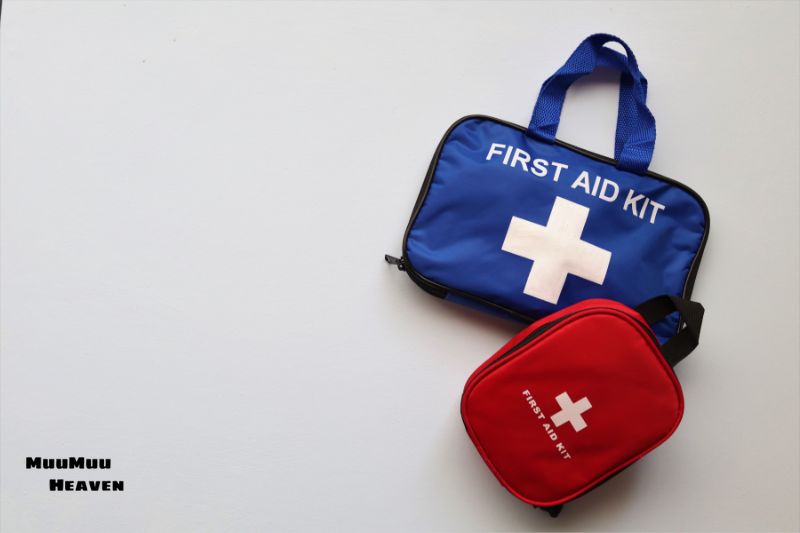
An emergency kit is essential for any travel during hurricane seasons. Packing a well-thought-out kit can be a game-changer in critical situations. Here’s what you should include:
- Water and Non-perishable Food: Enough for at least three days. Lightweight, high-energy items like protein bars are ideal.
- First-Aid Kit: Include basic supplies along with any necessary prescriptions and personal medications.
- Flashlights and Extra Batteries: Power outages are common during severe storms, so having a reliable light source is crucial.
- Important Documents: Keep copies of important documents like passports, ID cards, and travel insurance in a waterproof bag.
- Cash: ATMs and credit card facilities may be down after a storm, so having cash on hand is important.
What to Do If a Hurricane Strikes While You’re in Hawaii

Experiencing a hurricane while on vacation isn’t ideal, but being prepared can make a significant difference in how you handle the situation. Here’s what to do if a hurricane strikes during your stay in Hawaii.
Emergency Contacts and Resources
First and foremost, it’s vital to know who to contact and where to get information during a hurricane. Keep a list of emergency contacts, including:
- Local emergency services: Dial 911 for immediate assistance.
- Hawaii Emergency Management Agency (HEMA): For updates and alerts specific to the region you’re visiting.
- Your country’s embassy or consulate: If you’re an international visitor, they can assist in an emergency.
Additionally, download apps like the FEMA app or the American Red Cross app, which provide real-time alerts and information on nearby shelters.
Understanding Local Evacuation Routes
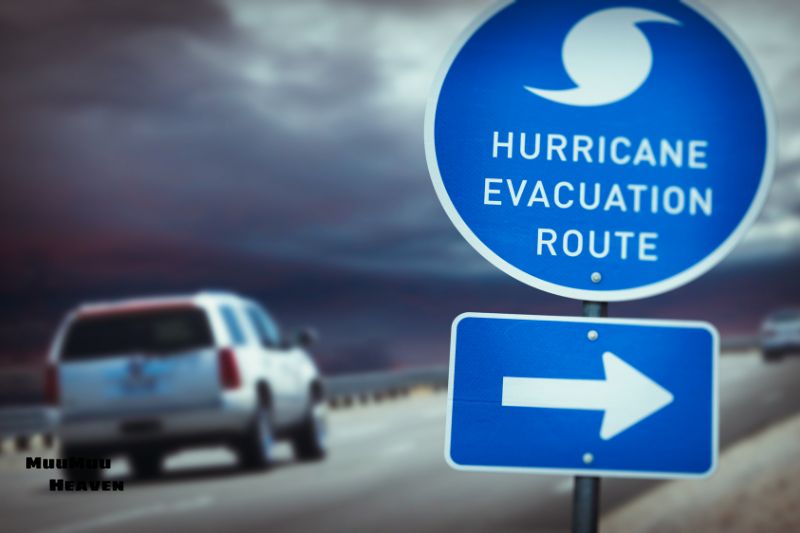
Being familiar with local evacuation routes is crucial. Each island has specific routes designed for quick and safe evacuation. Here’s how to stay prepared:
- Check evacuation routes early: Upon arrival, ask your hotel or host about the nearest evacuation routes, and make a plan.
- Follow local guidance: In the event of a hurricane, local authorities will provide instructions on when and where to evacuate. Pay attention to local news and weather updates.
- Stay calm and prepared: Keep your emergency kit ready, ensure your vehicle’s gas tank is full if you rented a car, and follow the marked evacuation signs.
Remember, your safety is the most important consideration. By staying informed and prepared, you can navigate the challenges of a hurricane more effectively, ensuring your trip remains as safe as possible despite the circumstances.
Hurricane Season Travel Benefits and Challenges
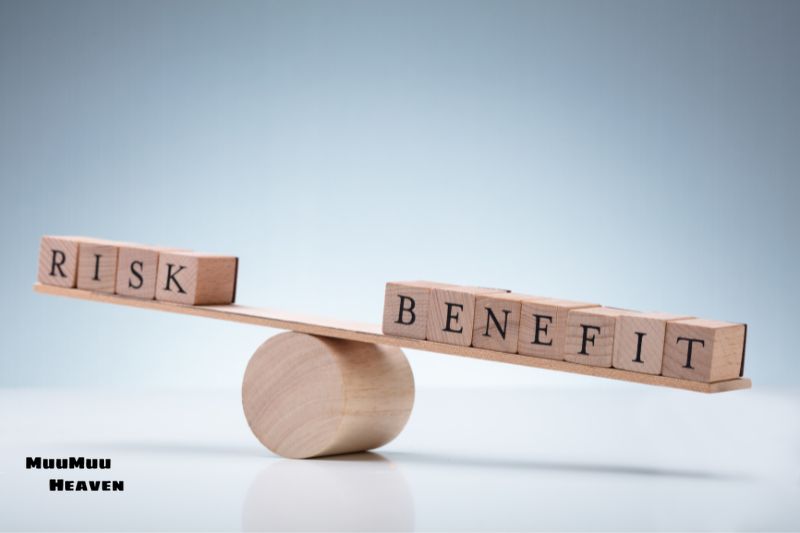
While the idea might seem daunting, there are several reasons why this period can be an opportune time to visit, along with some hurdles to keep in mind.
Benefits
- Lower Costs: As demand typically drops during the hurricane season, travelers can often take advantage of lower prices on flights, accommodations, and even some activities.
- Fewer Tourists: With fewer visitors on the islands, you can enjoy more serene experiences at popular tourist spots that are usually crowded at other times of the year.
- Unique Experiences: The landscape and weather patterns can offer unique natural phenomena, such as dramatic cloud formations and spectacular sunsets, enhancing the photographic potential of your trip.
For surf enthusiasts, knowing the optimal surf month in Hawaii is crucial as it can vary significantly depending on weather patterns during the stormy season.
However, these perks come with their challenges, which require careful consideration and preparation.
Challenges
- Weather Disruptions: The obvious downside is the potential for severe weather, which can disrupt travel plans. Flights may be delayed or cancelled, and some attractions might close temporarily.
- Preparation Necessities: Traveling during this time means you must be well-prepared with emergency kits and flexible travel insurance to cover any last-minute changes due to weather.
- Constant Vigilance: You’ll need to stay informed about the weather conditions and heed any advisories issued by local authorities.
By weighing these benefits and challenges, travelers can make informed decisions about visiting Hawaii during this season.
For those considering different timings, exploring the best seasons for Hawaii visit can provide additional options for enjoying the islands under more typical conditions.
If you’re looking for calm weather and fewer rainfall interruptions, visiting Hawaii in January or Hawaii in February might be ideal, providing pleasant conditions and the opportunity to enjoy winter activities like whale watching.
FAQs about Hurricane in Hawaii Season
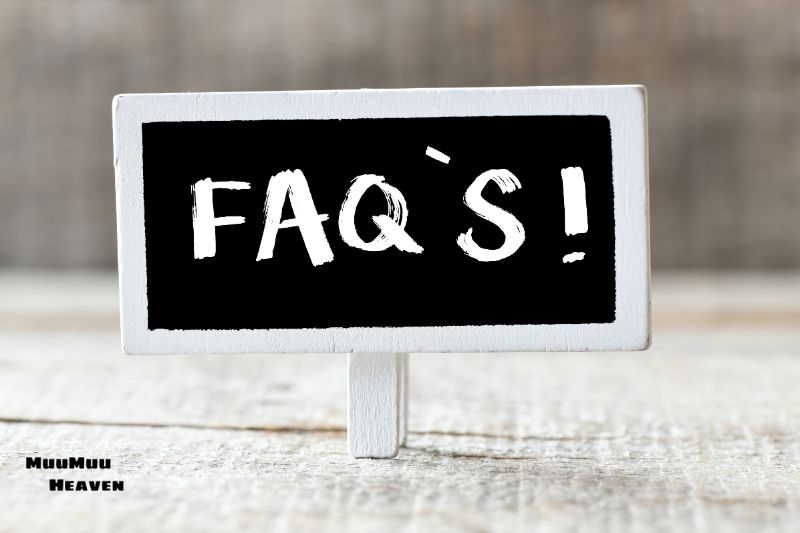
What is the typical duration of the hurricane season in Hawaii?
The hurricane season in Hawaii typically runs from June to November, with the peak risk occurring from July through September.
How can I stay updated on weather alerts while in Hawaii?
Keep updated through local news, the National Weather Service, and Hawaii’s Emergency Management Agency websites and apps.
What are the essentials for a hurricane preparedness kit?
Include non-perishable food, water, medications, flashlights, batteries, and first-aid supplies.
What should I do if I’m scheduled to travel to Hawaii during a hurricane warning?
Contact your airline and accommodations for updates and potential changes in policies. Consider travel insurance that covers natural disasters.
Are there any benefits to traveling to Hawaii during the hurricane season?
Yes, you might benefit from lower travel costs and fewer tourists, but be sure to weigh these against the potential risks of hurricanes.
Read Also Checklist:
- Hawaii in April: Discover the vibrant springtime flora and perfect hiking conditions.
- Hawaii in May: Experience the end of the spring with moderate weather and less crowded attractions.
- Hawaii in July: Learn about navigating peak hurricane risks while enjoying the summer heat and water activities.
- Hawaii in August: Explore the ongoing hurricane season’s impacts and how to still enjoy summer travel.
- Hawaii in September: Get tips on concluding the hurricane season with late summer events and possible storm preparation.
This checklist guides you through each month’s unique characteristics and considerations, helping you choose the best time for your visit based on your personal preferences and what you hope to experience in Hawaii.
Conclusion
Hawaii hurricane season demands preparedness and awareness. Muumuuheaven.com is here to help you stay informed and ready, ensuring your safety and peace of mind. Stay connected for tips and advice during the stormy season.
As the hurricane season winds down, planning a trip for Hawaii in December can offer a tranquil holiday experience with milder weather and festive activities.

